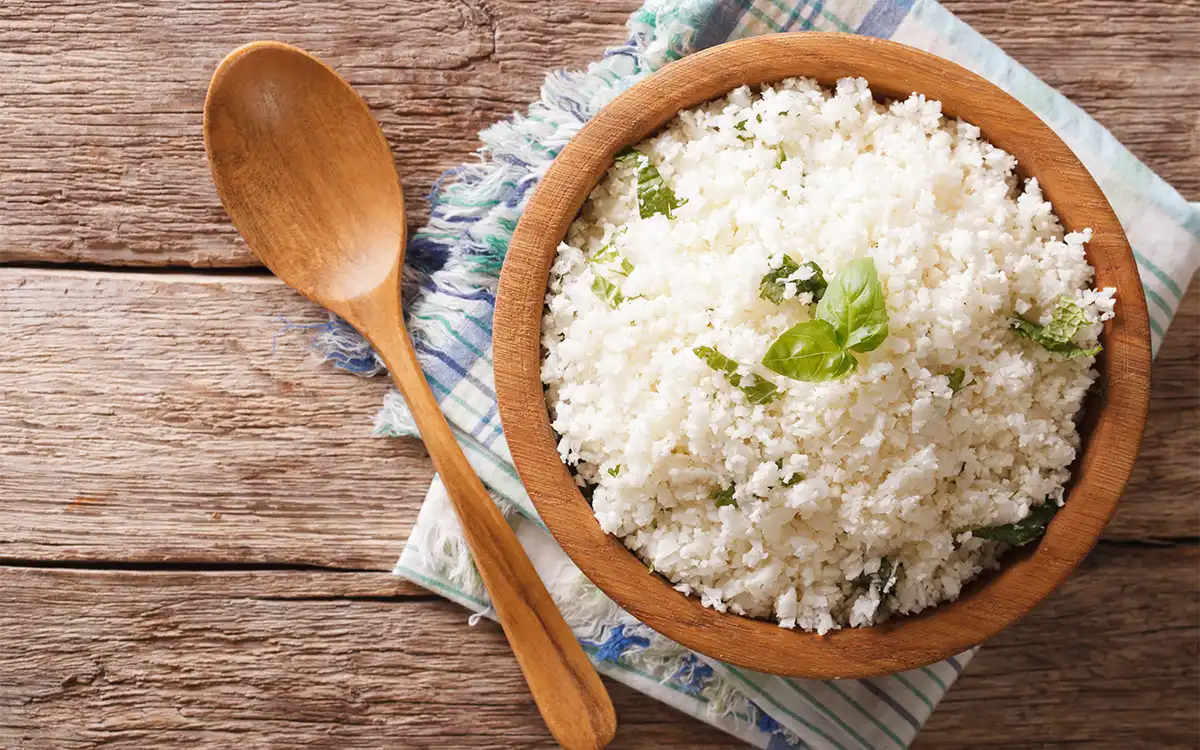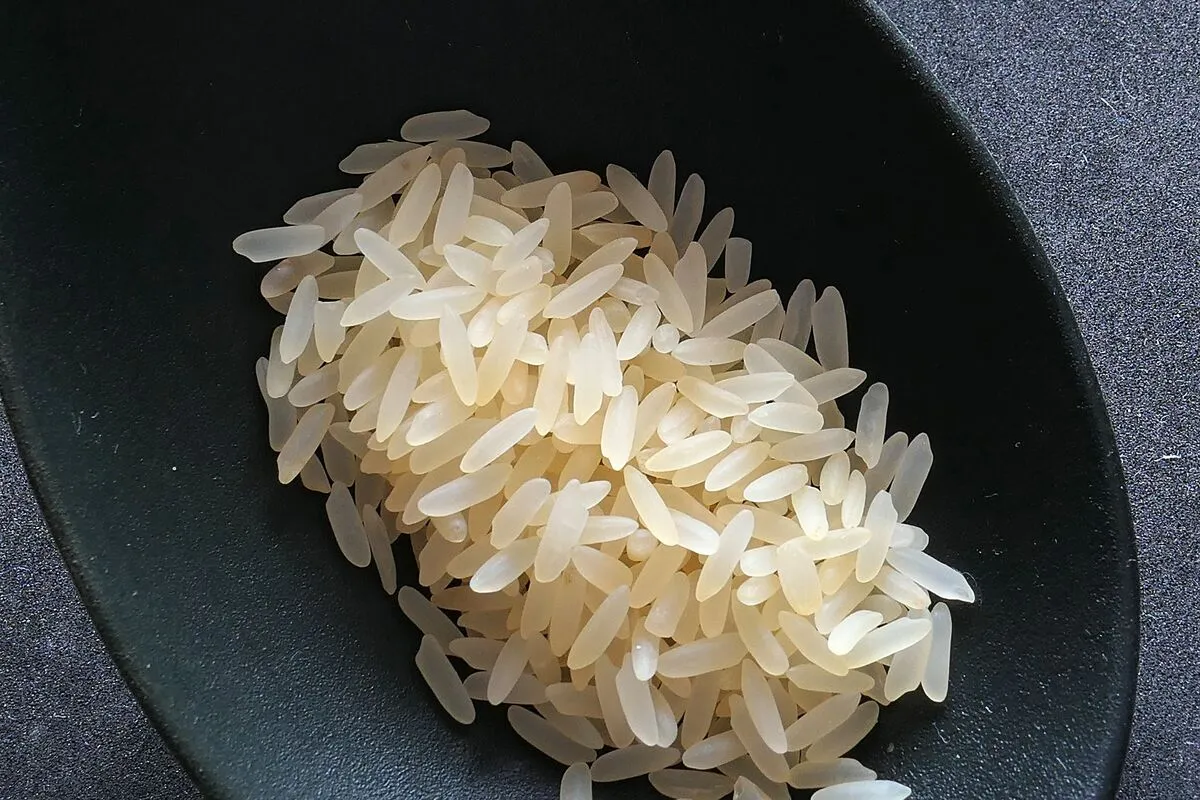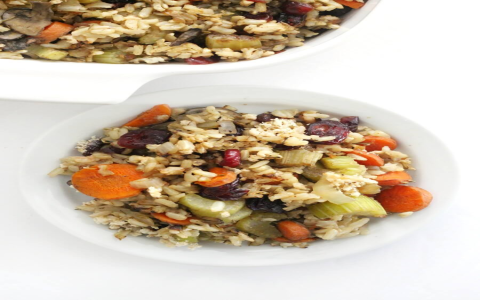Alright folks, last week I saw a comment asking if plain white Jasmine rice is safe for folks with celiac disease. Honestly, it tripped me up a bit – rice should be naturally gluten-free, right? But then I remembered that nasty thing called cross-contamination. So I decided, hey, let’s actually do this properly and figure it out. This isn’t just theory, it’s what I did in my own kitchen.

Step 1: Grabbing the Rice (Overconfidence Kicks In)
First off, I went straight to my pantry. Found my usual big bag of Jasmine rice. Brand I’ve used for years. Felt super confident, thinking “It’s just rice, piece of cake”. Grabbed my big glass container to transfer it into. Totally forgot to check the bag label. Rookie mistake. Already pouring it in when this little voice in my head said, “Dude, stop. Look.”
Flipped that bag over so fast. Scanned the back like a detective. Ingredients? Should say just “White Jasmine Rice”. Good. Then… BOOM. Saw it:
- Manufactured in a facility that also processes wheat.
- May contain traces of tree nuts.
My heart kinda dropped. Even if it’s just ‘traces’, that’s no good for someone super sensitive. This bag? Not safe enough. Straight into the ‘maybe donate or use for non-celiac guests’ pile. Felt kinda dumb, honestly. Should’ve looked before opening!
Step 2: The Label Hunt (Lesson Learned)
Okay, time to hit the store. No more assumptions. Grabbed my reusable bag (trying to be eco, you know). Went straight to the rice aisle. Grabbed different Jasmine rice bags – big name brands, fancy organic ones, even the cheap store brand. Propped my reading glasses firmly on my nose. Started my label investigation:
- Flipped Bag #1: “Produced on shared equipment with wheat.” Nope.
- Bag #2 (Organic): Gluten-free claim right on the front! Got excited… flipped it. “…made in a dedicated gluten-free facility.” YES! Bingo.
- Bag #3 (Store Brand): Gluten-free claim! Small print: “Processed in a facility that also processes gluten-containing grains.” Hesitated. Put it back.
Ended up buying the one from the dedicated facility. Paid a tiny bit more, but peace of mind? Priceless. Stuck it right in the cart. Key takeaway: The words “Gluten-Free” aren’t enough alone. You gotta dive into that manufacturing warning.

Step 3: Kitchen Deep Clean (Getting Serious)
Got home. Wasn’t gonna take chances with potential crumbs floating around. Time for Operation: Clean Zone.
- Cleared off my biggest cutting board (smooth plastic) – scrubbed it down with hot, soapy water.
- Grabbed my dedicated glass mixing bowl – hadn’t touched bread dough in ages, but gave it another wash anyway.
- Wiped down the counter space around where I was gonna work. Just in case.
- Pulled out a brand new wooden spoon I’d been saving. No history of touching pasta or anything.
- Checked my pot – stainless steel, usually just boils water. Figured a good scrub was fine.
Set everything up in this little clean bubble area. Felt a bit paranoid, but hey, better safe than sorry, right?
Step 4: Cooking & Eating (The Taste Test)
Measured the rice and water using that dedicated glass bowl. Poured it into the clean pot. Used the new spoon to give it a quick stir at the start. Licked the spoon before remembering my clean bubble! Mild panic. Checked the spoon – pure rice, no visible crumbs. Prayed. Heated it up, let it simmer, all that good stuff.
Fluffed it with the new spoon. Stuck my face over the pot – smelled amazing, like Jasmine rice always does. Spooned some into a clean bowl. Ate it plain first. Tasted perfect, fluffy, fragrant. Didn’t add anything else. Waited… monitored myself. Zero discomfort. Zero reaction. Relief! Ate a bigger serving with some safe stir-fried veggies later. All good.
Final Thoughts & Ongoing Headaches
So yeah, plain white Jasmine rice itself? Naturally gluten-free, no problem there. But the real devil is in the details of how it’s made and where it’s stored. That label is your lifeline – read it like your life depends on it (because, well, health-wise, it kinda does!).

My cousin Joe has celiac, and his sensitivity is way higher than mine. Even after doing all this, would I serve him rice made in my ‘regular’ kitchen with its shared toaster and stuff floating around? Nah, too risky. I’d cook it at his place with his dedicated gear instead. My main takeaway? It IS safe if you pick the right bag and create a clean zone. But man, it takes work. Still don’t know why more brands can’t just use dedicated lines. Makes it a headache for everyone.
